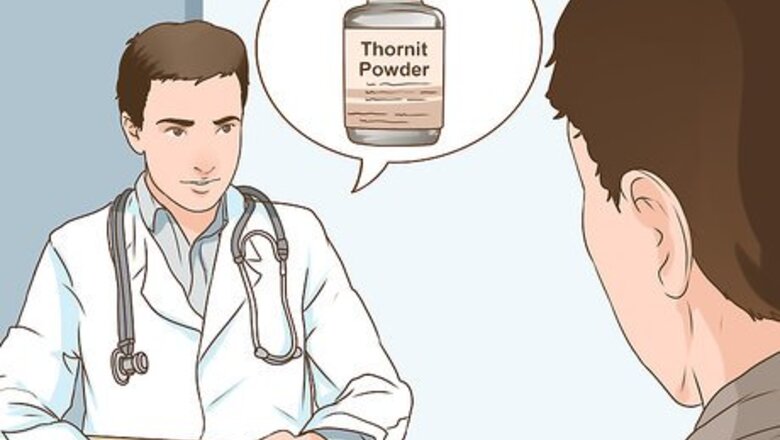
views
Flushing the Ear Canal

Consult your vet about a reliable cleaner. Many online retailers and pet forums offer feedback regarding different canine ear cleaners, but your vet can provide specific advice based on their experience with other cockapoo owners. Next time you’re at the vet for a routine check-up or to address a separate problem, ask your vet if they have any specific brand recommendations or ingredients which you should try to avoid. It is important to use a special cleaner meant for your dog’s ears. Using water will just leave your dogs ears wet, but a special cleaner will dissolve the wax and then evaporate. Quistel, Thornit powder, and Malacetic Aural are all cleaners which you can expect to encounter in vets’ and other owners’ recommendations.
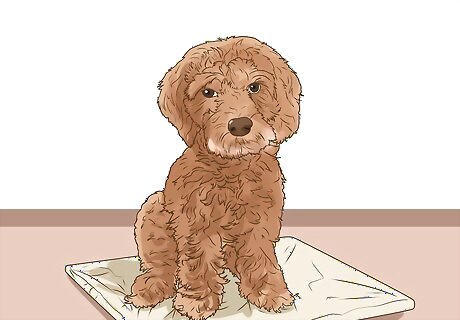
Place your cockapoo in a sitting or prone position. Administering ear cleaner to your dog’s ears is easiest when you stand behind your dog while it sits or lays down. From this position, you can bend your cockapoo’s ear flap back in order to find the ear canal. Even better, have a family member or friend help to secure your cockapoo and provide comfort. If your cockapoo isn’t accustomed to this procedure, it might fidget or whine. You can avoid this kind of behavior by starting grooming rituals when your dog is still a puppy.

Squeeze several drops of cleaner into the ear canal. You should aim to pour the cleaning solution directly into your dog’s ear canal, but don’t stick a bottle applicator or cotton ear bud into the ear. Rather, try to bend the ear flap so that the cleaner can travel down the surface of the inner ear and into the ear canal. If the tip of your dropper or applicator accidentally touches your dog’s ear, be sure to disinfect before subsequent use in order to avoid contamination.
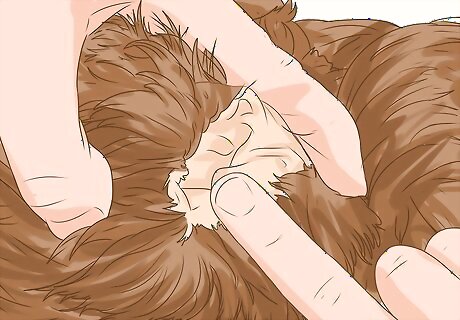
Softly massage the closed ear. Once you’ve administered the drops, close your cockapoo’s ear and rub the area for twenty to thirty seconds. This motion breaks up waxy buildup in the ear canal and distributes the solution throughout. Don’t be alarmed if this light massage causes a squelching sound. This slightly icky sound just means that the fluid is moving through the ear canal.
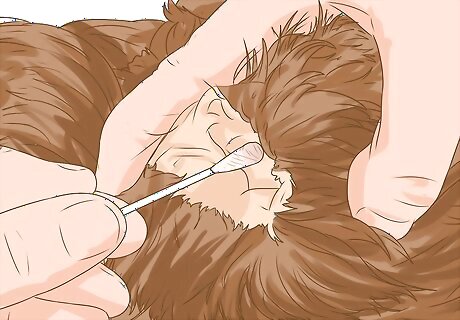
Swab the inner ear with a piece of cotton. Some wax or discharge may be dislodged during the process of massaging your cockapoo’s ear. Make sure you remove this buildup—along with any excess cleaning solution—by wiping a moist or dry cotton swab under the ear flap and around the ear canal.
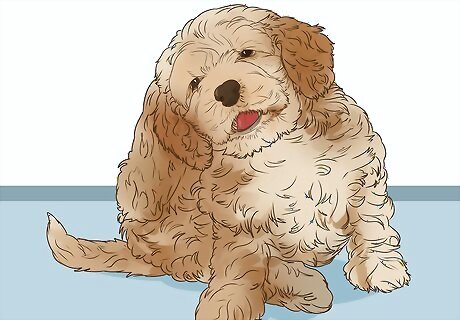
Stand back while your dog shakes its ears. Even if your cockapoo is well used to grooming and ear cleaning, it will probably always shake its head after an ear cleaning. This action—a reaction to the odd sensation of liquid running through the ear canal—is largely harmless, so you should let your dog do so. Pay attention if your dog shows signs of more than mild discomfort. For example, if it whines or scratches at its ears after shaking its head, this can indicate an infection or irritation.
Practicing Good Hygiene
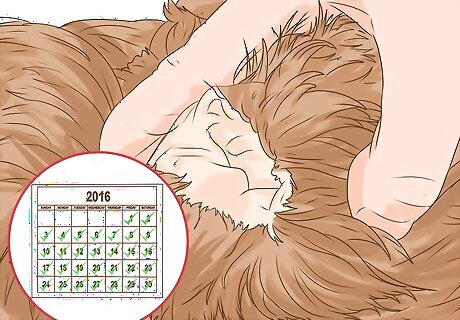
Inspect your cockapoo’s ears regularly. Even on days when you’re not planning to do an ear cleaning, you should check your dog’s ears to make sure everything looks healthy. Simply flip up its ear flaps and look beneath and around the ear canal. If your cockapoo’s ears are dry, pink, smooth, and odorless, everything is normal. Scaly skin, redness, moisture, or waxy or whitish discharge are signs of irritation and maybe even a developing infection. You should clean your cockapoo’s ears immediately and treat it for infection if the irritation persists.
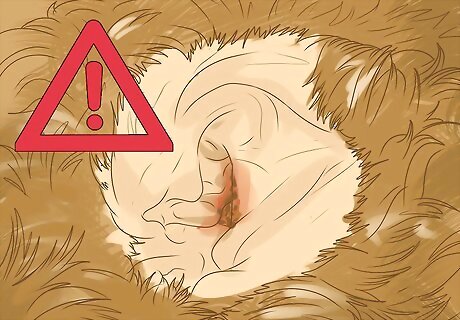
Watch out for yeast infections. Cockapoos are prone to getting yeast infections in their ears due to the natural shape of their ear canals and the length of their ear flaps. These infections aren’t necessarily dangerous, but they can cause mild to severe discomfort, as well as some nasty symptoms such as a strong, yeasty odor, brownish discharge, or flaky, scabbed skin. If you suspect a yeast infection, have your vet advise you how to treat it. If the condition becomes chronic, you should consider changing your cockapoo’s diet. Check the label of your dog food and treats and see if it contains brewer’s yeast.

Pluck hairs growing deep within the ear canal. Like poodles and cocker spaniels, cockapoos often grow excess hair inside of their ears. This hair can trap waxy buildup and moisture, so you may need to remove these hairs to prevent infection. If your dog is not bothered by hairs growing in their ear canal, then you do not need to pluck these hairs. However, if your dog suffers from regular infections, then plucking may be a good idea. Use an ear powder such as Pluck-it or Thornit canker powder to assist you in gripping and plucking the hairs with a tweezer or your thumb and forefinger. If you’ve ever plucked an eyebrow or nose hair, you know that this experience can be unpleasant. You can ease your cockapoo’s discomfort by beginning this procedure early in your dog’s life.

Repeat cleanings regularly. Due to the cockapoo’s susceptibility to infection and waxiness, you should clean your dog’s ears every week or every other week. Use the cleaning solution recommended by your veterinarian and never stick a cotton swab or any other implement into the ear canal. Just be sure not to overdo it, as cleaning too often can dry out your dog’s ears. If everything looks and smells healthy, you might want to forego using the cleaning solution and just wipe under your dog’s ear flap with a moist cotton ball.



















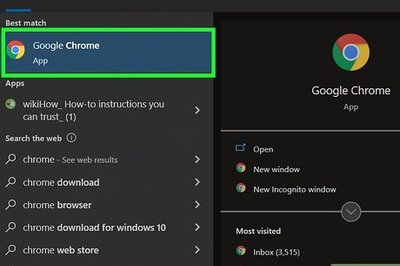
Comments
0 comment